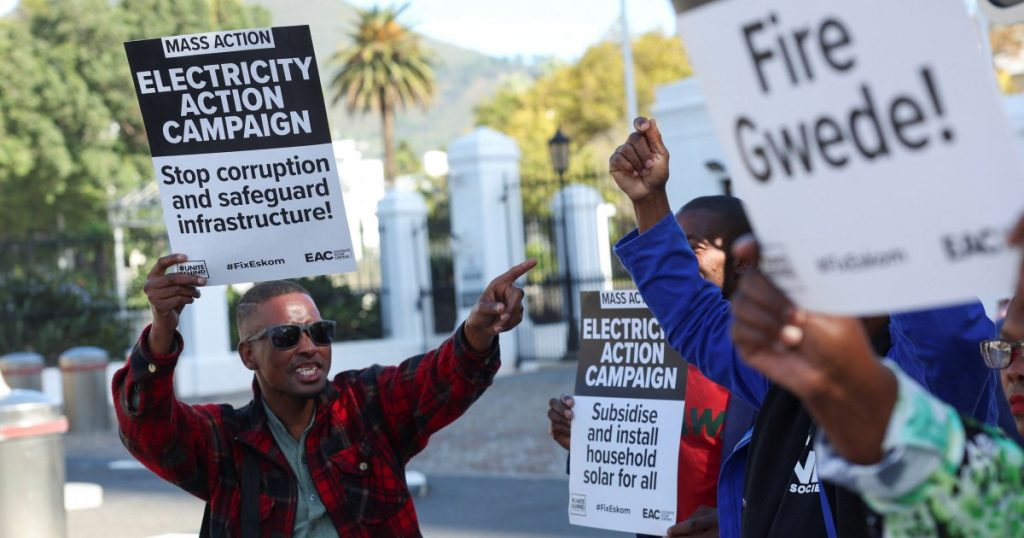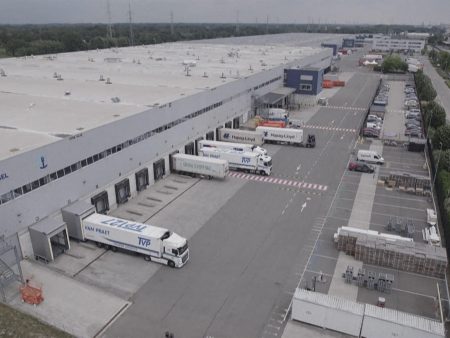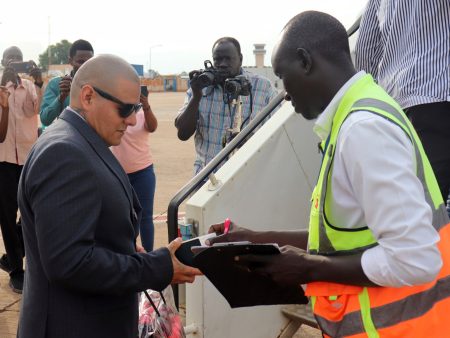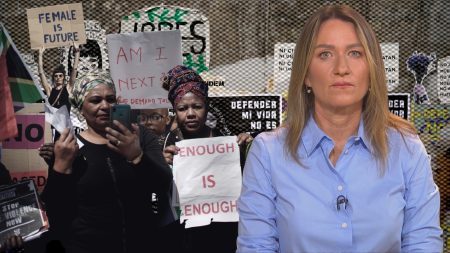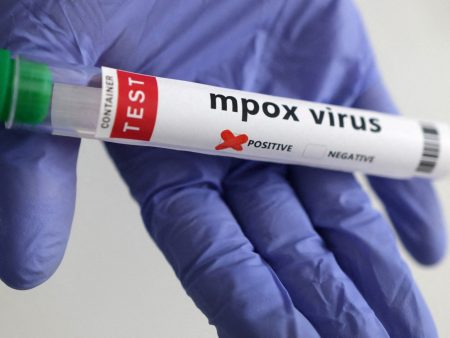In South Africa, the ongoing issue of power cuts has become a part of daily life for residents and businesses. From scheduled breaks in electricity supply called “load shedding” to extended periods of power outages, the country’s state-owned electricity supplier, Eskom, has struggled to meet the demands of its population. Many companies have resorted to buying back-up generators or solar panels to cope with the unreliable power supply, while others have had to shut down operations during blackouts. The financial impact of these power failures is significant, with an estimated loss of 926 million South African rand per day due to power outages.
Eskom’s troubles are rooted in decades of mismanagement, theft, and corruption, which have led to a decline in the utility company’s efficiency. Under President Jacob Zuma, Eskom was at the center of “state capture,” where public resources were redirected into private hands, further damaging the company’s operations. In response to the crisis, President Cyril Ramaphosa declared a state of disaster and provided financial aid to Eskom to improve plant maintenance and network infrastructure. The government also implemented unpopular tariff increases and split Eskom into separate units to facilitate better management.
In addition to power issues, South Africa is also facing challenges with its water infrastructure, transportation networks, and state-backed rail company, Transnet. A lack of investment, mismanagement, and corruption have contributed to the deterioration of these essential services. The country’s water supply faces problems such as leakage, vandalism, and insufficient maintenance, exacerbated by climate change. South Africa’s rail system is in need of reform due to mismanagement and corruption allegations at Transnet, resulting in economic losses and debt concerns.
As South Africa heads into its upcoming general election, voters are grappling with high levels of unemployment, poverty, crime rates, and corruption scandals. The ruling ANC is facing declining support due to these issues, as well as financial burdens from expensive bailouts and debt servicing. The government’s debt-to-GDP ratio has risen to 74 percent, putting pressure on state finances and forcing cuts in essential services like education and healthcare. Moody’s Investors Service emphasizes the need for policies to reduce fiscal burdens, create jobs, and attract private investment to address South Africa’s infrastructure challenges and boost the economy.
Despite the significant obstacles facing the country, there is hope for progress through long-term infrastructure investment and policy reforms. By focusing on job creation, attracting private capital, and implementing strategic development plans, South Africa can begin to address its debt, power, and water issues. A multi-decade program aimed at improving infrastructure could pave the way for economic growth and sustainability, creating a positive impact on the country’s development. The road ahead will require strong leadership, effective governance, and cooperation between the public and private sectors to drive meaningful change and address South Africa’s pressing challenges.




